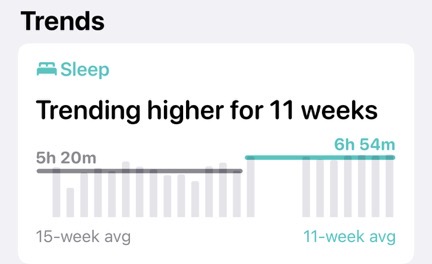This second trip vlog post should be a bit of an improvement. What do you think?
Well, I took the feedback I got from folks who watched my first Snowbirding 2021 vlog post and I used it to make some improvements — as I could.
The Time-lapse
The main problem was the time-lapse out the truck’s front window. A lot of folks just thought I was just throwing tons of photos out there in rapid fire. I guess that’s what a time-lapse is.
At least one person suggested slowing it down; I actually did slow it down to 50% of normal speed. Slower would make the video even longer and most folks simply don’t have 10+ minute attention spans. So I used the same speed in this video.
Another person suggested recording video of the whole drive and using clips. That would probably be better except for two problems:
- I’d have a heck of a time choosing the clips.
- Recording 8 hours of 4K video would take up a ton of storage space.
But I do like this idea and I think I’ll try to put it to work the next time I move to a new spot. But not in the next video; I’ve already recorded that with the same time-lapse settings. Sorry!
Why include it at all? I really think the terrain change is fascinating and hope some viewers do, too. And remember — you can always stop the picture to take a better look at one of the clips.
Music
Some folks said that the silent time-lapse wasn’t quite right. That it needed music. I’ve got you covered. I happened to have two royalty-free music clips on my laptop when I compiled the video on Monday evening. (That was a good thing because I had absolutely no Internet connection on any of my devices at Monday’s campsite.) One of the clips worked well (in my opinion) and I added it with ducking (a reduction of sound level) when I was narrating.
Talking Head Narration
I’m still fine-tuning this. I realized that the best way to do it was to narrate a segment with the selfie camera when I was near the end of the drive segment. I also realized that I needed to keep it short and simple.
The narration during time-lapse in this video was actually two separate clips. It took four tries to get the first clip. (Hell, I was just driving down the road so I did multiple takes. No distraction; I just push a button, talk, and push the button again.)
The second clip was done in two takes but it was pretty bad and needed a lot cut out. You can see the cuts. You can also sense how tired I am at the end of it. I’d had a frustrating stop in Wells where the credit card reader at the pump wouldn’t work, the cashier wouldn’t let me just fill the tank (I had to give her a dollar amount), the DEF I bought cost a whopping $22 for 2 gallons, and I couldn’t get the DEF bottle open in the 21°F temperature outside. The unedited narration includes me whining about all of this and I cut most of it out. But I sure do look defeated at the end of that clip.
I recorded the final narration when I edited the video, which was two nights later.
The Video
Here’s the video; it was posted after the date of this blog post, which matches the day of arrival at my Pahranagut National Wildlife Refuge campsite (Saturday, December 11, 2021).
The Next Video
There’s no driving in the next video. It’ll cover some of what I did during the time I spent at the wildlife refuge with my pups.
In the meantime, your feedback is still welcome. I’m trying hard to get a format that pleases viewers while meeting my needs without sacrificing my sanity.

